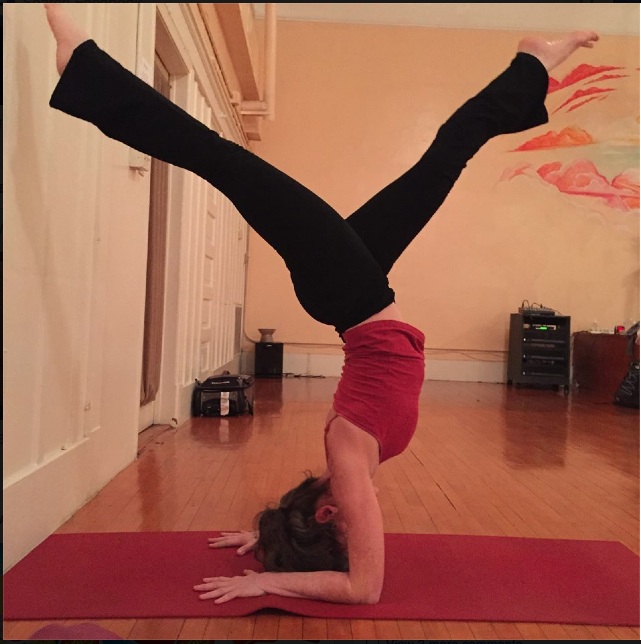Good News for Yoga Practitioners and Speech Advocates — Bikram not entitled to copyright his Sequence
On October 8, the Ninth Circuit Court of Appeals in California affirmed a previous ruling by a federal district court that Bikram Choudhury’s sequence of 26 yoga poses is not entitled to copyright protection. The court held that the poses represent an idea or system, neither of which may be protected by copyright. The court indicated that the sequence may have been protectable if Choudhury had sought and obtained a patent for his idea.
In 1979, Choudhury published his classic book, Bikram’s Beginning Yoga Class, which set out 26 yoga poses (asanas) and two breathing exercises (the “Sequenceâ€) along with a prescribed set of words to accompany the poses (the “Dialogueâ€) to be taught over a 90-minute class in a room heated to 105 degrees. Choudhury obtained U.S. copyright registration of this book, along with other books and materials he produced.
Some years later, Choudhury began offering teacher training, and trained defendants Drost and Samson in the Bikram yoga method. These students later began teaching classes with twenty-six poses and two breathing exercises, taught in a 90-minute class in a room heated to 105 degrees. In 2011, Choudhury filed suit, claiming copyright infringement.

The district court’s held that there was no copyright infringement, because the “Sequence is a collection of facts and ideas†that is not entitled to copyright protection. The Ninth Circuit affirmed this decision, stating:
Copyright protects only the expression of this idea—the words and pictures used to describe the Sequence—and not the idea of the Sequence itself. Because the Sequence is an unprotectible idea, it is also ineligible for copyright protection as a “compilation†or “choreographic work.†The district court properly granted partial summary judgment in favor of Evolation because the Sequence is not a proper subject of copyright.
Copyright law is designed to balance between the need to protect authors, and the right of others to build upon existing ideas. Case law has distinguished between unprotectable ideas and the protectable expression of ideas. Using this analysis, the Ninth Circuit found that the expression of ideas — the book — was protected by copyright. The court analyzed Choudhury’s claims that his Sequence was designed to heal the body, and compared the Sequence to a book detailing a complicated surgical procedure. The court stated:The copyright for a book describing how to perform a complicated surgery does not give the holder the exclusive right to perform the surgery. Like the series of movements a surgeon makes, the Sequence is, as Choudhury tells readers, a method designed to “cure, heal, or at least alleviate†physical injuries and illness. Monopoly protection for such a method “can only be secured, if it can be secured at all, by letters-patent.â€
The Court rejected Choudhury’s argument that the Sequence represented a “compilation“. The Court compared the Sequence to a recipe, and stating:a cake recipe could be viewed as a “compilation†of carefully arranged and selected steps – which may, of course, reflect the personal preferences and tastes of the recipe’s author – yet the recipe would remain, in most instances, a process that is not eligible for copyright protection.
Likewise, the Court rejected the argument that the Sequence was entitled to protection as a choreographic work, because copyright protection does not extend to any “idea, procedure, process, system, method of operation, concept, principle, or discovery, regardless of the form in which it is described, explained, illustrated, or embodied in such work.â€Â 17 U.S.C§102(b).
